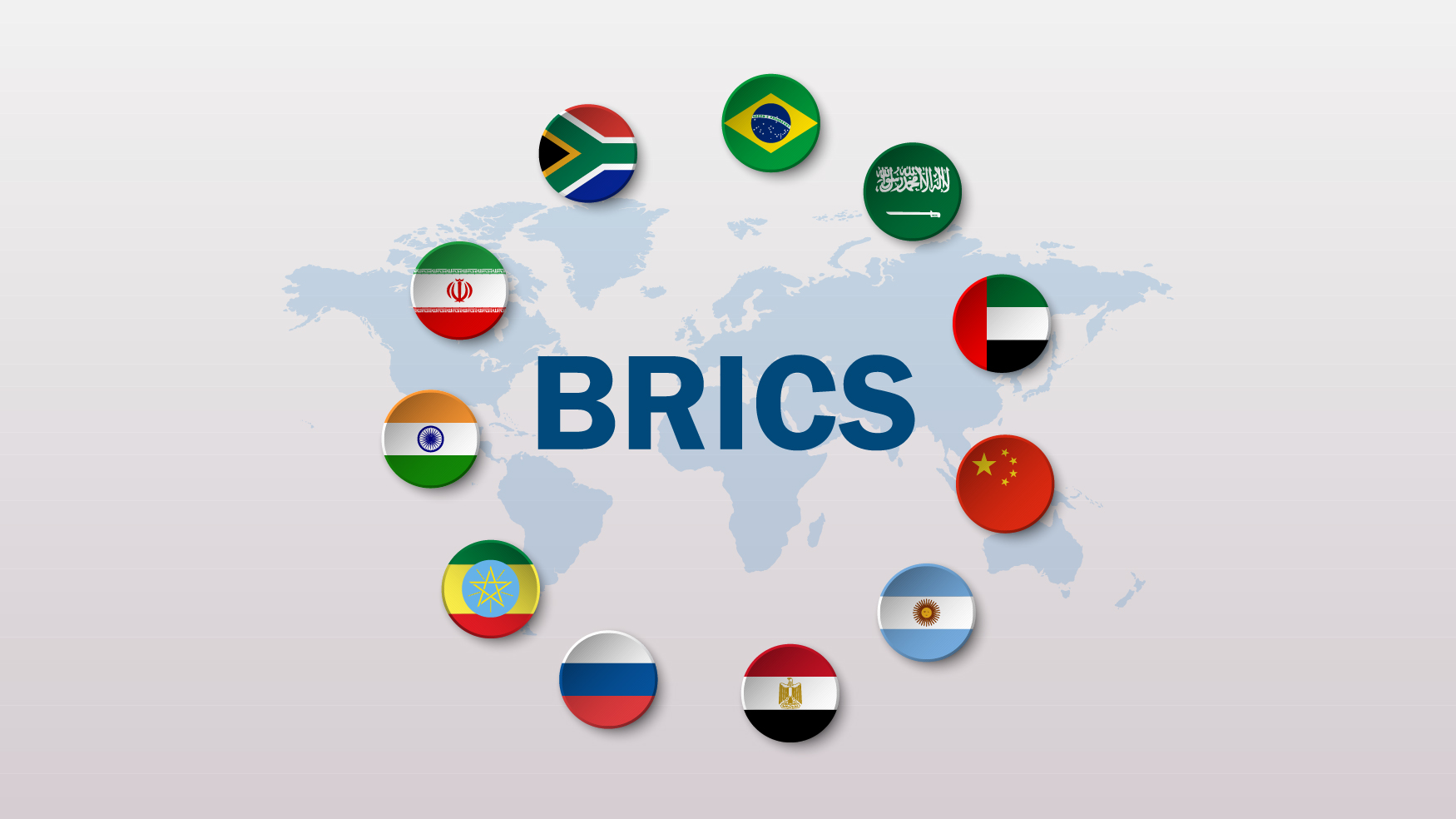In the ever-evolving landscape of global finance, the BRICS nations—Brazil, Russia, India, China, and South Africa—have emerged as key players, not only in terms of economic growth but also in shaping the dynamics of international currency investment. With their vast markets, burgeoning middle class, and increasing economic interdependence, the How to buy brics currency present a compelling opportunity for investors seeking diversification and growth potential beyond traditional Western markets.
However, navigating the intricacies of BRICS currency investment requires a nuanced understanding of the political, economic, and regulatory landscapes unique to each member nation. Expert strategies tailored to the dynamics of these emerging markets can unlock substantial opportunities while mitigating potential risks.
Understanding the BRICS Landscape
Before delving into investment strategies, it’s essential to grasp the distinct characteristics and challenges of each BRICS member:
- Brazil: With a diversified economy and abundant natural resources, Brazil has the largest GDP among the BRICS nations after China. However, political instability and fiscal deficits pose significant challenges to sustained economic growth.
- Russia: Rich in natural resources, particularly oil and gas, Russia’s economy is heavily influenced by global commodity prices. Political tensions and sanctions have added layers of complexity to investing in Russian assets.
- India: As the world’s fastest-growing major economy, India offers immense potential driven by a burgeoning middle class and ongoing economic reforms. However, bureaucratic hurdles and infrastructure bottlenecks remain significant challenges.
- China: The economic powerhouse of the group, China boasts rapid industrialization, technological advancements, and a massive consumer base. Yet, concerns about debt levels, regulatory uncertainties, and geopolitical tensions loom large.
- South Africa: Despite its relatively smaller economy, South Africa serves as an important gateway to the African continent. Structural issues such as unemployment, inequality, and political instability pose challenges to sustained growth.
Expert Strategies for BRICS Currency Investment
- Diversification: Given the diverse economic profiles and risk factors of BRICS nations, a diversified approach is paramount. Investors should spread their exposure across multiple currencies and asset classes to mitigate country-specific risks.
- Macro Analysis: Comprehensive macroeconomic analysis is crucial for identifying investment opportunities and assessing risk factors. Factors such as GDP growth, inflation rates, fiscal policies, and currency stability should be carefully evaluated.
- Political Risk Assessment: Political stability—or the lack thereof—can significantly impact currency markets and investor sentiment. Keeping abreast of political developments, elections, and policy changes is essential for informed decision-making.
- Currency Hedging: Given the volatility of BRICS currencies, investors may consider employing currency hedging strategies to mitigate exchange rate risk. Options such as forward contracts and currency derivatives can help protect investments from adverse currency movements.
- Long-term Perspective: Investing in BRICS currencies requires a long-term perspective and patience. While short-term fluctuations and geopolitical uncertainties may create volatility, the underlying growth prospects of these economies remain compelling over the medium to long term.
- Stay Informed: Keeping abreast of global economic trends, geopolitical developments, and regulatory changes is essential for successful BRICS currency investment. Accessing reputable sources of information and consulting with financial experts can provide valuable insights and guidance.
Conclusion
The BRICS nations represent a dynamic and rapidly evolving segment of the global economy, offering investors unique opportunities for diversification and growth. However, investing in BRICS currencies requires a nuanced understanding of the political, economic, and regulatory landscapes of each member nation.
